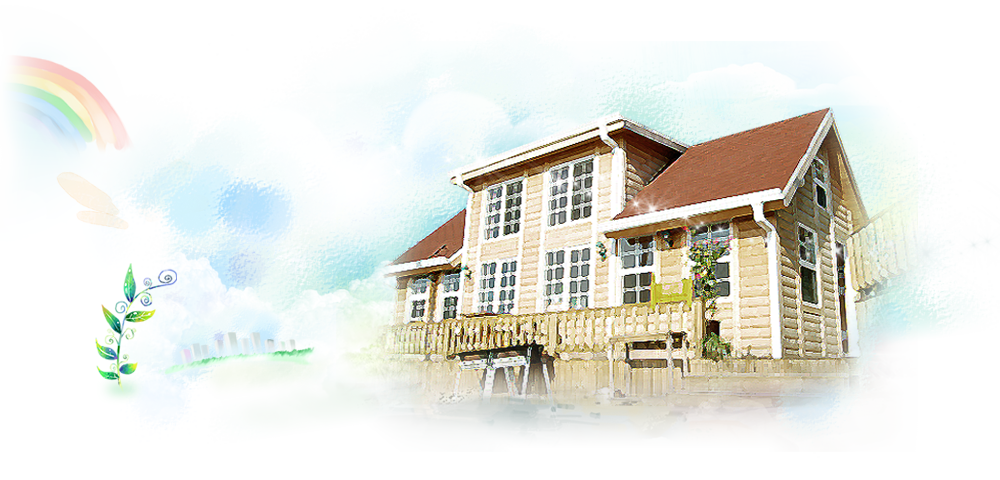START OF Architecturing IN THIS WORLD
February 1, 2011 Architecture (Latin „architectura“, from the Greek
„arkitekton“, ὰρχιτεκτονική – arkhitektonike, from ὰρχι chief or leader
and Τεκτονική builder or carpenter) is the art and science of designing
buildings and other physical structures.
Architecture (Latin „architectura“, from the Greek
„arkitekton“, ὰρχιτεκτονική – arkhitektonike, from ὰρχι chief or leader
and Τεκτονική builder or carpenter) is the art and science of designing
buildings and other physical structures.Architecture is both the process and the product of designing and constructing spaces that reflect and functional, aesthetic and environmental considerations. Architecture requires the use of materials, technology, textures, light, and shadow. As a process, architecture also includes the pragmatic elements of design, such as planning, cost and construction. A wider definition may comprise all design activity from the macro-level (urban design, landscape architecture) to the micro-level (construction details and furniture). In fact, architecture today may refer to the activity of designing any kind of system.
Architectural works are often perceived as cultural and political symbols and as works of art. Historical civilizations are often identified with their surviving architectural achievements.
Learn more >>
------------------------------------------------------------------------------------------
 The earliest written work on the subject of architecture is De
architectura, by the Roman architect Vitruvius in the early 1st century
CE.[1] According to Vitruvius, a good building should satisfy the three
principles of firmitatis utilitatis venustatis,[2][3] which translates
roughly as -
The earliest written work on the subject of architecture is De
architectura, by the Roman architect Vitruvius in the early 1st century
CE.[1] According to Vitruvius, a good building should satisfy the three
principles of firmitatis utilitatis venustatis,[2][3] which translates
roughly as -* Durability - it should stand up robustly and remain in good condition.
* Utility - it should be useful and function well for the people using it.
* Beauty - it should delight people and raise their spirits.
Learn more >>
Posted by Ibrahim Malik. Posted In : Architecturing




